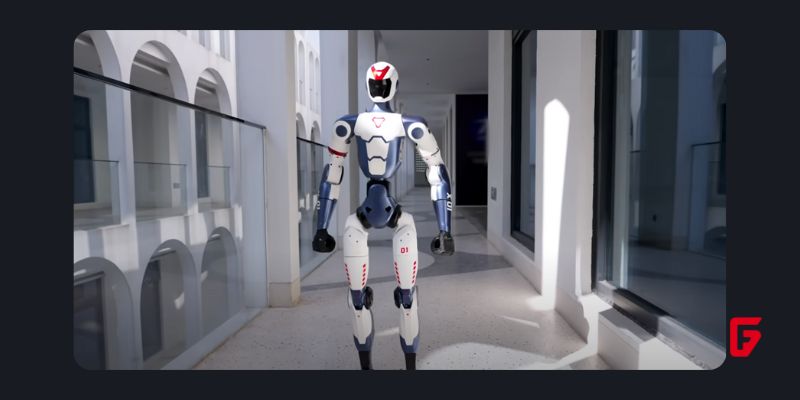The Unitree R1: Redefining Affordable Humanoid Robotics
By futureTEKnow | Editorial Team

By futureTEKnow | Editorial Team

The robotics landscape just shifted. Unitree Robotics has launched its R1 humanoid robot at a headline-grabbing price—39,900 yuan (about $5,900), undercutting nearly every competitor and opening the door for wider adoption. For context, earlier models like the Unitree G1 and H1 started at $16,000 and $90,000+ respectively, while big-name competitors are priced even higher.
Lightweight Build: Only 25kg, making it easy to maneuver and transport.
26 Articulated Joints: These joints enable a range of dynamic movements—from cartwheels to running down hills. Expect more human-like motion than most budget bots.
Advanced Multimodal AI: The R1 is equipped with voice and image recognition, enhancing its ability to interact naturally in home or workplace environments.
Consumer-Ready: Previously, humanoid robots were primarily for labs or industrial settings. The R1 is within reach for individual developers, educators, and even tech-savvy households.
In promotional demonstrations, R1 performed cartwheels, walked on its “hands,” stood up from lying down, and showcased a sense of balance rarely seen outside the most expensive robots. While detailed specifications are still rolling out, initial demos have set expectations high for general-purpose utility.
Other highlights include:
Flexible Movement: The joint system allows agile transitions between activities.
Sleek, Compact Design: Its lightweight stature (compared to earlier models) means it could be ideal for education, research, or home assistance soon.
| Robot | Price (USD) | Weight | Key Features | Target Market |
|---|---|---|---|---|
| Unitree R1 | ~$5,900 | 25kg | 26 joints, AI, voice/image recognition | Home, research, developers |
| Unitree G1 | ~$16,000+ | 35kg | Dexterous hands, advanced sensors | Research, industry |
| UBTech model | ~$41,000 | N/A | Life-size, for research | Research |
| EngineAI PM01 | ~$12,000+ | ~40kg | Articulated hands, AI processor | Research, home |
This new pricing sets a new benchmark, making advanced robotics accessible to a broader audience than ever before. The R1’s debut signals a fast-approaching era where humanoid robots could become as common as home appliances.
The launch of the R1 brings us closer to a future where robots are integrated into daily life—not just rare showpieces. As manufacturing costs drop and technology advances, expectations are that robots will evolve even faster and become more affordable for consumers globally. Already, discussions are shifting from whether you can own a robot to how many you might have in your home or workplace.
Accessibility: Drastically reduced cost is making robotics innovation accessible to a new crowd.
Innovation Cycle: The R1 will likely inspire competitors to push prices lower and features higher.
Societal Impact: With affordable, capable robots, new business models and educational opportunities will emerge.
Unitree’s R1 isn’t just another tech announcement—it’s a signal of mainstream robotics adoption. As robots like the R1 roll out, expect to see rapid shifts in how we work, learn, and live with technology at our side.
To provide the best experiences, we use technologies like cookies to store and/or access device information. Consenting to these technologies will allow us to process data such as browsing behavior or unique IDs on this site. Thanks for visiting futureTEKnow.